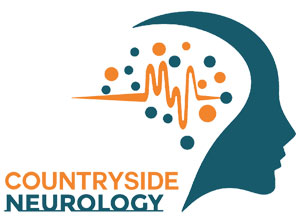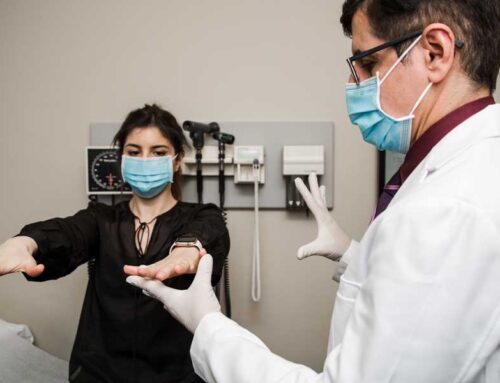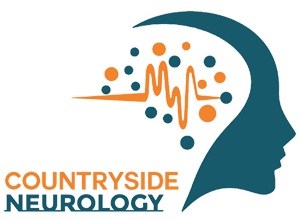Background: Postherpetic neuralgia (PHN) is a painful and often challenging condition to manage. A recent study found online suggests that repetitive transcranial magnetic stimulation (rTMS) at 5 Hz and 10 Hz may hold promise in relieving pain and improving overall well-being in PHN patients. However, it’s crucial to understand which frequency offers the most effective and safest relief.
PHN: Postherpetic neuralgia (PHN) is a painful condition that can develop as a complication of shingles, which is caused by the varicella-zoster virus. Shingles typically starts as a painful rash and blisters. After the rash and skin lesions have healed, some individuals may continue to experience severe, stabbing, or burning pain in the areas where they had the shingles rash. This persistent pain is referred to as postherpetic neuralgia. Treatment for PHN can include antiviral medications, pain relievers, topical treatments, and in some cases, therapies like repetitive transcranial magnetic stimulation (rTMS) or other interventions to manage the pain.
Objective: The objective of this study, conducted by independent researchers, was to assess the efficacy and safety of rTMS at two different high frequencies, 5 Hz and 10 Hz, for the treatment of PHN.
Study Details: In collaboration with a Chinese university hospital’s pain management department, the study involved 60 PHN patients. These patients were divided into three groups: sham rTMS, 5-Hz rTMS, and 10-Hz rTMS. Each group received targeted stimulation on the primary motor cortex, with specific parameters designed for their respective frequency. The rTMS treatment was administered daily for ten days, complementing conventional medication therapy. Patient evaluations were conducted at various intervals to gather comprehensive data.
Results: Comparing the sham rTMS group to the active treatment groups, the study observed significant reductions in pain scores (VAS) from T2 to T12. Notably, the 10-Hz rTMS group exhibited lower VAS scores at T7-T12 compared to the 5-Hz group. The difference in the average VAS score reduction was significant, with 10 Hz proving superior.
The study found that general pain evaluation, quality of life, sleep quality, depression, and the patient’s impression of change didn’t significantly differ among the groups. However, at T12, both the 5-Hz and 10-Hz rTMS groups reported higher quality of life, improved sleep quality, and a more positive patient impression compared to the sham group.
Conclusions: While this study was conducted independently and not by our practice, it demonstrates the potential effectiveness of rTMS at both 5 Hz and 10 Hz in alleviating PHN pain and improving the overall quality of life for patients. While 10 Hz rTMS outperformed in pain relief, quality of life enhancement, and sleep improvement, 5 Hz offers a potentially safer alternative. This research highlights the potential of both frequencies as valuable adjuvant therapies for those battling PHN.
Experience Pain Relief with Countryside Neurology
At Countryside Neurology, we’re dedicated to exploring innovative therapies like rTMS to improve the lives of our patients. If you or a loved one is struggling with postherpetic neuralgia, contact us at 727-712-1567 to schedule an appointment. Our team is here to help you find relief and regain your quality of life.
#TMSforNeuralgia #TMSatCountryside #TMSatCSNeurology




